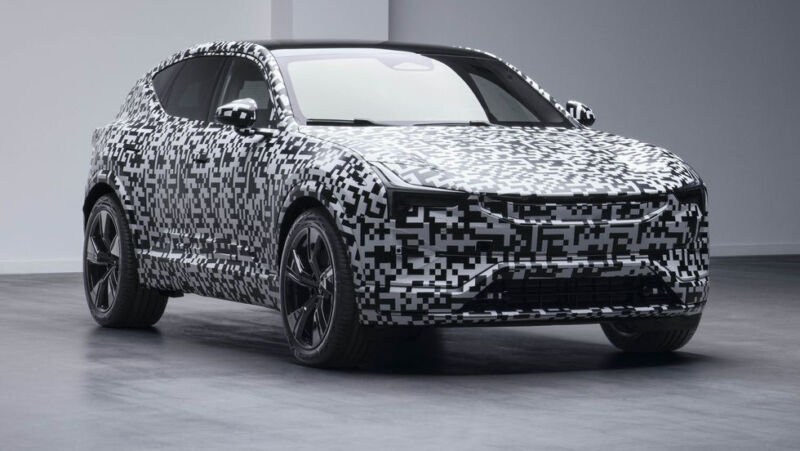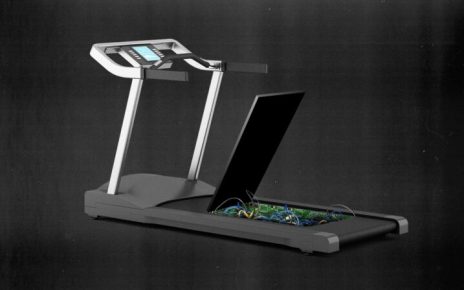
Enlarge / The full Polestar 3 design isn’t revealed yet, but Volvo released this camouflaged photo. (credit: Volvo)
Volvo, Qualcomm, Google are teaming up to make car infotainment even more smartphone-like than ever. If Wintel (Windows plus Intel) is the default software+hardware combo of the PC era, then the smartphone equivalent has got to be Android and Qualcomm (Andcom? Qualdroid?). Volvo is bringing this combo to the upcoming Polestar 3 electric SUV, which is due sometime in 2022. We also got a sneak peek at what the new interface would look like.
Volvo’s Polestar 2 was the first to ship Google’s Android Automotive OS in a car. Unlike Android Auto or Apple’s CarPlay, which run on your smartphone, Android Automotive OS has a custom version of Android preinstalled on the car, as the main car infotainment OS. Even if you have an iPhone, your car still runs Android. The Polestar 2 used an x86 chip (an Intel Atom A3900), but now Volvo is pairing a Qualcomm smartphone chip with its Google smartphone OS. The Polestar 3 will ship with Qualcomm’s “Snapdragon Cockpit Platform Gen 3,” and while that sounds unique, it is really just a repackaged smartphone chip with a few extra features.
The integration of cars with computer technology is always tough. Car development takes around five years, which can seem almost incompatible with the development pace of smartphones and computers. That’s still true of the 2022 Polestar 3. Qualcomm’s Gen 3 automotive platform was actually announced back in 2019, but design wins for the platform are just now being announced at CES 2022. Qualcomm says the Gen 3 automotive platform is based on the Snapdragon 820 SoC, an ARM flagship smartphone chip from 2016. You may remember this chip from phones such as the Samsung Galaxy S7 and the Google Pixel 1. The Polestar 2’s Intel Atom was also from 2016.





